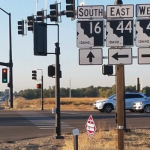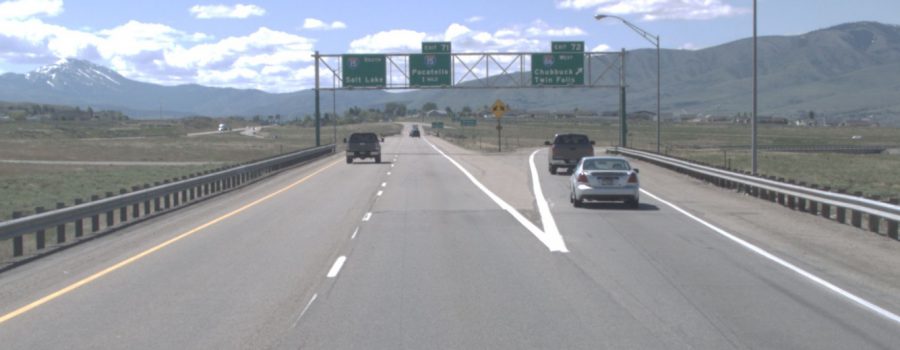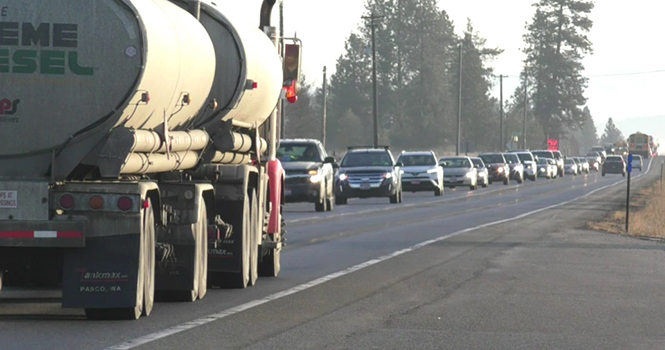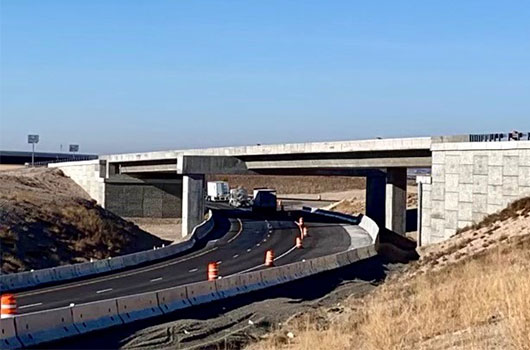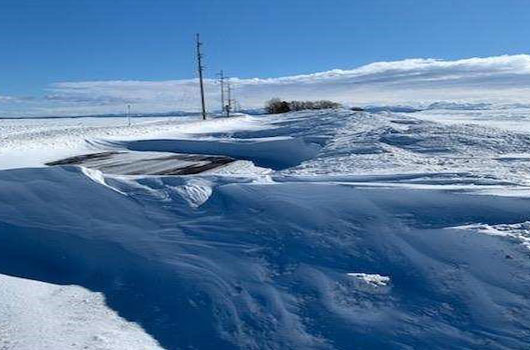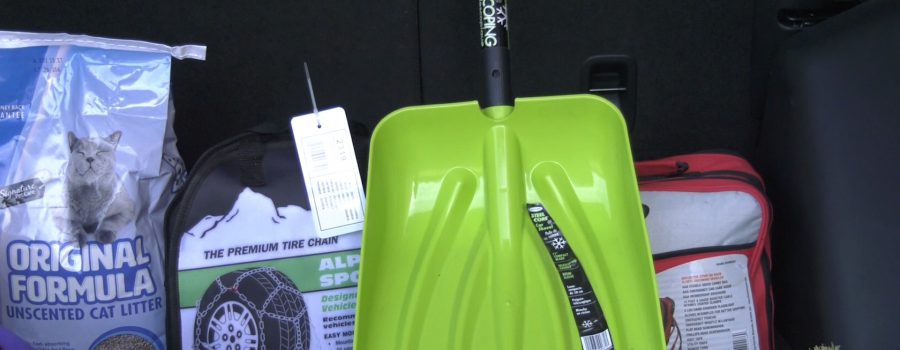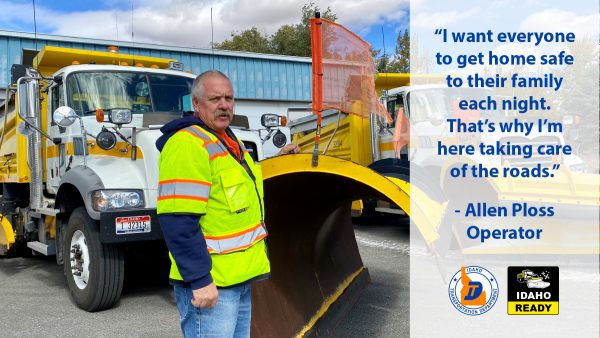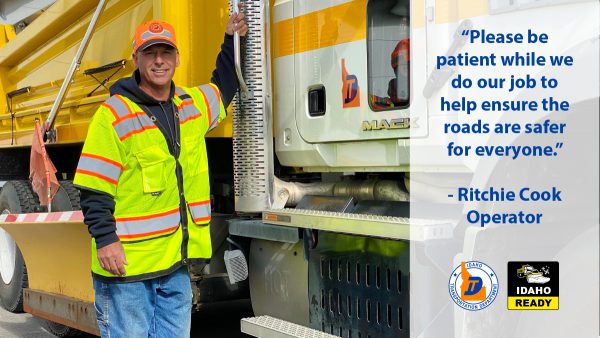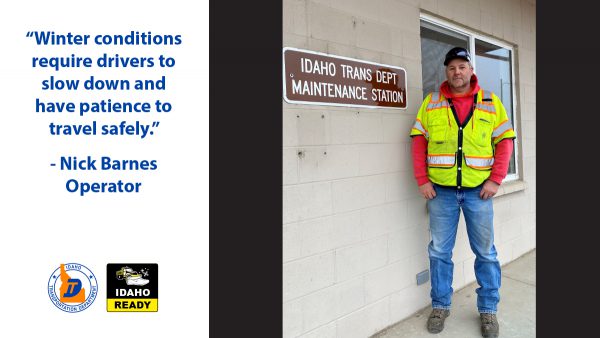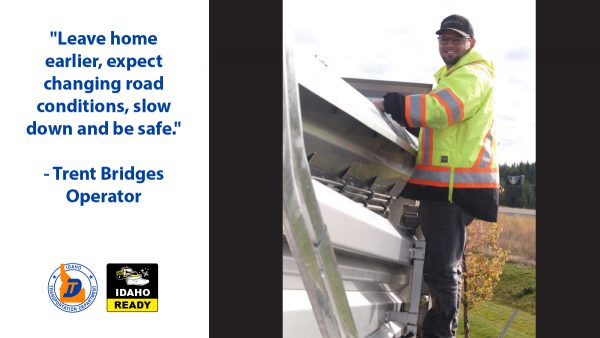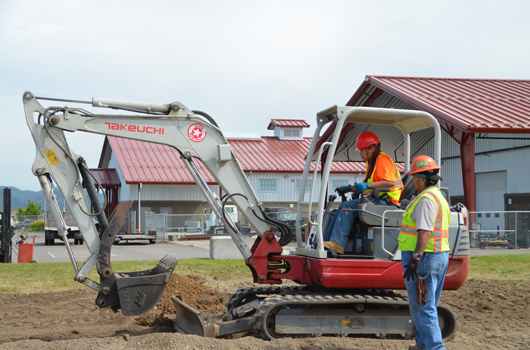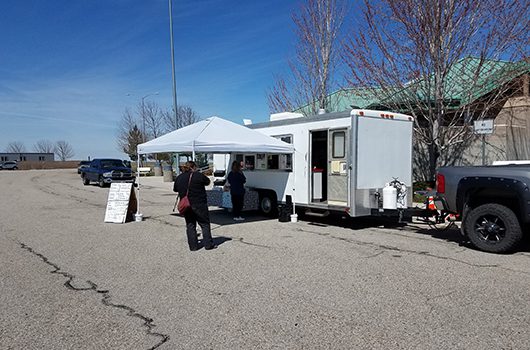Idaho Transportation Board puts new money to work across Idaho
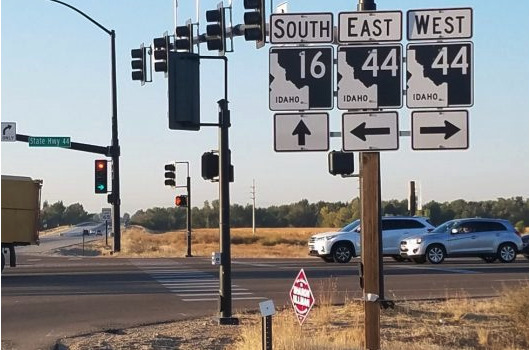
LEWISTON – The Idaho Transportation Board approved dozens of new road projects across every corner of the state Wednesday afternoon (May 19) during its regular monthly meeting in Lewiston. The projects include $350 million in construction work that is expected to begin sometime next year.
Many of the projects are part of Idaho Governor Brad Little’s “Leading Idaho” transportation funding solution.
“Idaho is the fastest growing state in the nation. To keep up with the demands of a fast-growing state, our historic transportation funding solution helps save Idahoans’ time, keeps us safe on our roads, and makes our state’s economy even stronger,” Governor Little said. “I appreciate the Idaho Transportation Board for acting quickly to put these new funds to work.”
Projects approved today that are ready now include $170 million of Transportation Expansion and Congestion Mitigation (TECM) funds to expand Idaho State Highway 16 from its current location at US-20/26 (Chinden Blvd.) to Interstate 84. The board also dedicated $37 million of TECM funds to expand US-20/26 to four lanes from Middleton Road to I-84. Both projects should be under construction next year and will likely be bonded.
In addition, the board approved about $140 million in projects with one-time funds from the Building Idaho’s Future program, along with federal and state COVID Relief funds. This statewide group of projects is focused on critical maintenance and safety needs for highways and bridges from Ashton in eastern Idaho, to the Magic Valley and north to Wallace.
Check this link to see the full list of projects approved across the state.
“We want to thank the Idaho Legislature and Governor for one of the most significant transportation investments in state history,” said Idaho Transportation Board Chairman Bill Moad. “Our goal as a board is to be great stewards of this funding. We will work with the department to pick the projects across Idaho that will have the greatest return on investment in improving safety, increasing mobility and addressing Idaho’s rapid growth.”
In addition to $350 million in construction that will begin next year, the board also approved nearly $170 million for project development. This includes environmental planning, design and right-of-way acquisition.
“Project development is very important. The Board wants the department to have projects ready for the Building Idaho’s Future program and to be constantly advancing additional work for any future federal or state funding opportunities,” said Idaho Transportation Board Chairman Bill Moad. “It is our goal to put the money to work as soon as it becomes available.”
The TECM fund was increased to $80 million through House Bill 362 signed by Governor Little earlier this month. The Idaho Transportation Department will leverage those ongoing funds into a Building Idaho’s Future bonding program that could yield as much as $1.6 billion. The goal is to have major safety and expansion corridors financed over the next six to eight years with the bond proceeds.
ITD staff will present potential projects and corridors to include in the bonding program to the Idaho Transportation Board by the end of this year.

